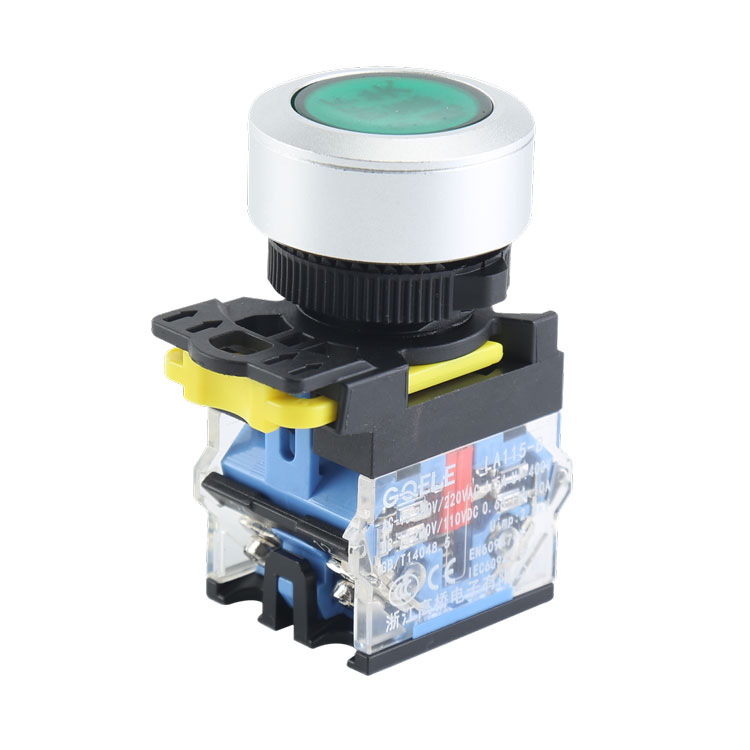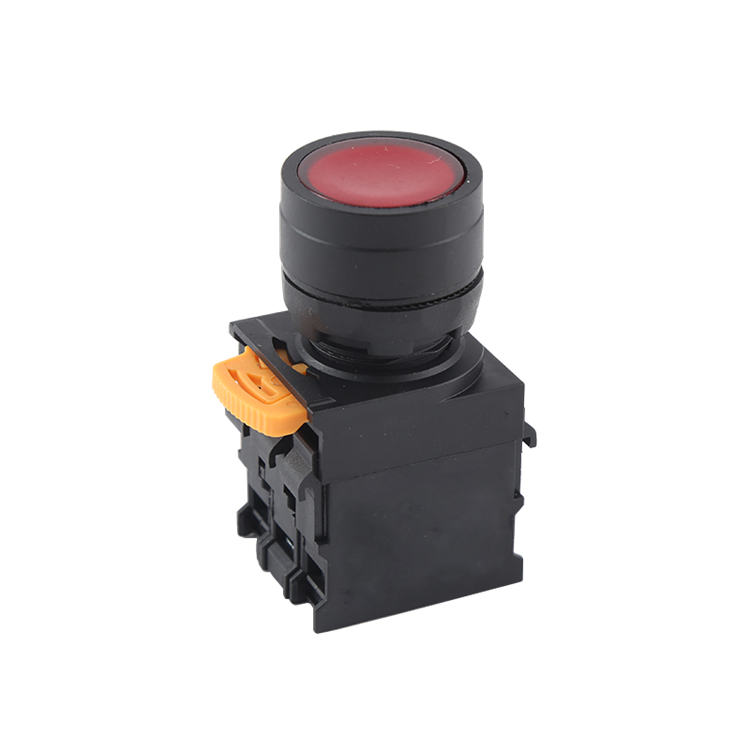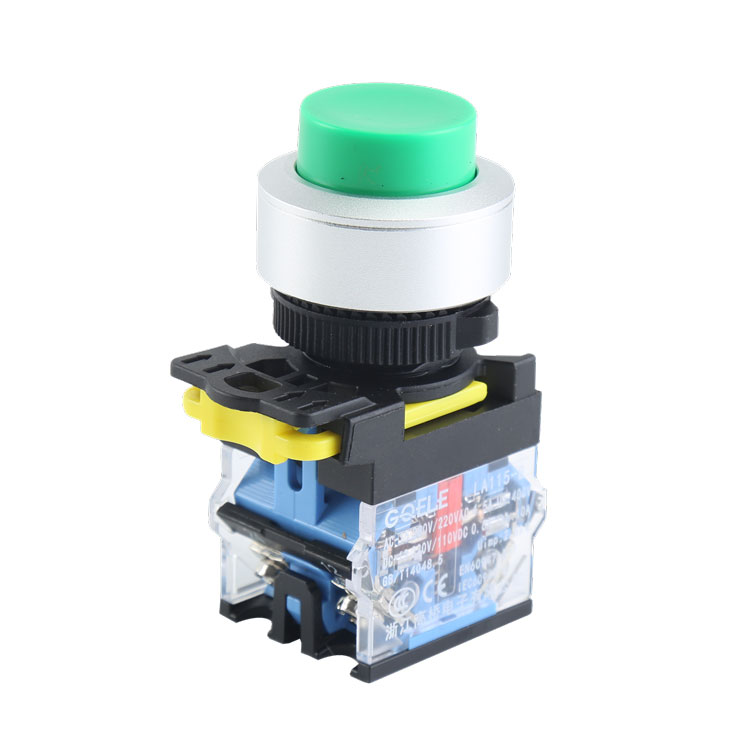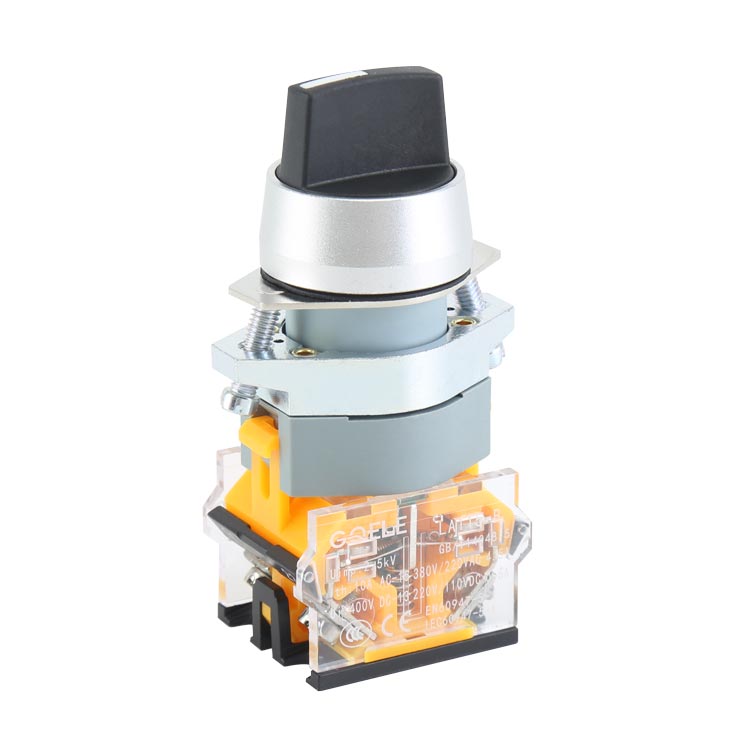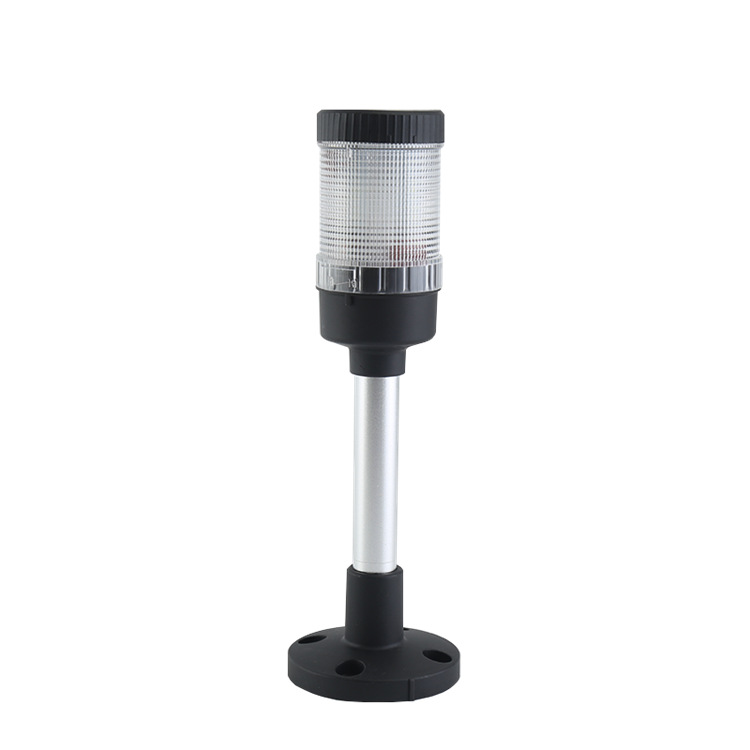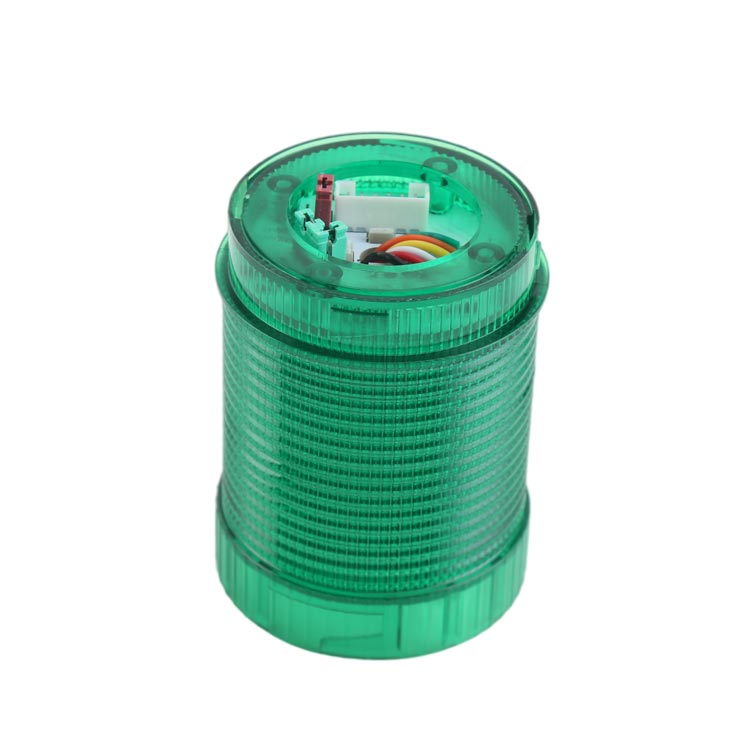Led alarm signal tower light are commonly used on equipment in industrial manufacturing and process control environments
There are many types of LED warning lights, which can be divided into: car LED warning lights, rechargeable LED warning
GOB series, the control box series in our company, is a kind of container used to hold buttons and made of plastic or me
The button switch can complete basic control such as start, stop, forward and reverse, speed change and interlock. Typi
The indicator lights produced by GQEM have the following advantages1. Low power consumptionDue to the use of LED as the
Waterproof push button switch factory Machines were invented to help people. It makes our work much easier and saves a l
A button is a control switch that is operated by applying force from a certain part of the human body (usually a finger
GQEM provides high-quality push button switch products, including LED push button switches, metal push button switches, indicator lights and other types. With high sensitivity, stability and reliability, our push button switches are widely used in home appliances, automobiles, medical and other fields. Welcome to visit GQEM official website for more information.
GQEM was founded in 2004, is an industrial production Professional manufacturer of product research and production. The main products are LED indicator, press Button, buzzer, PG waterproof connector, contactor and LED components, etc., It is widely used in control cabinets, power distribution cabinets, instrument cabinets and various control consoles.
Stainless steel: Stainless steel has the characteristics of high strength, corrosion resistance, and high temperature resistance. It is one of the commonly used materials for making metal buttons. Aluminum alloy: The aluminum alloy material has the characteristics of lightness, high strength, and good thermal conductivity, and is often used to make metal buttons.
The push button switch is a commonly used electrical control component, which is mainly used to control the switching state of the circuit. When the button is pressed, the switch will be closed, the circuit will be energized, and the electrical equipment will start to work; when the button is released, the switch will be turned off, the circuit will stop energizing, and the equipment will stop working.
